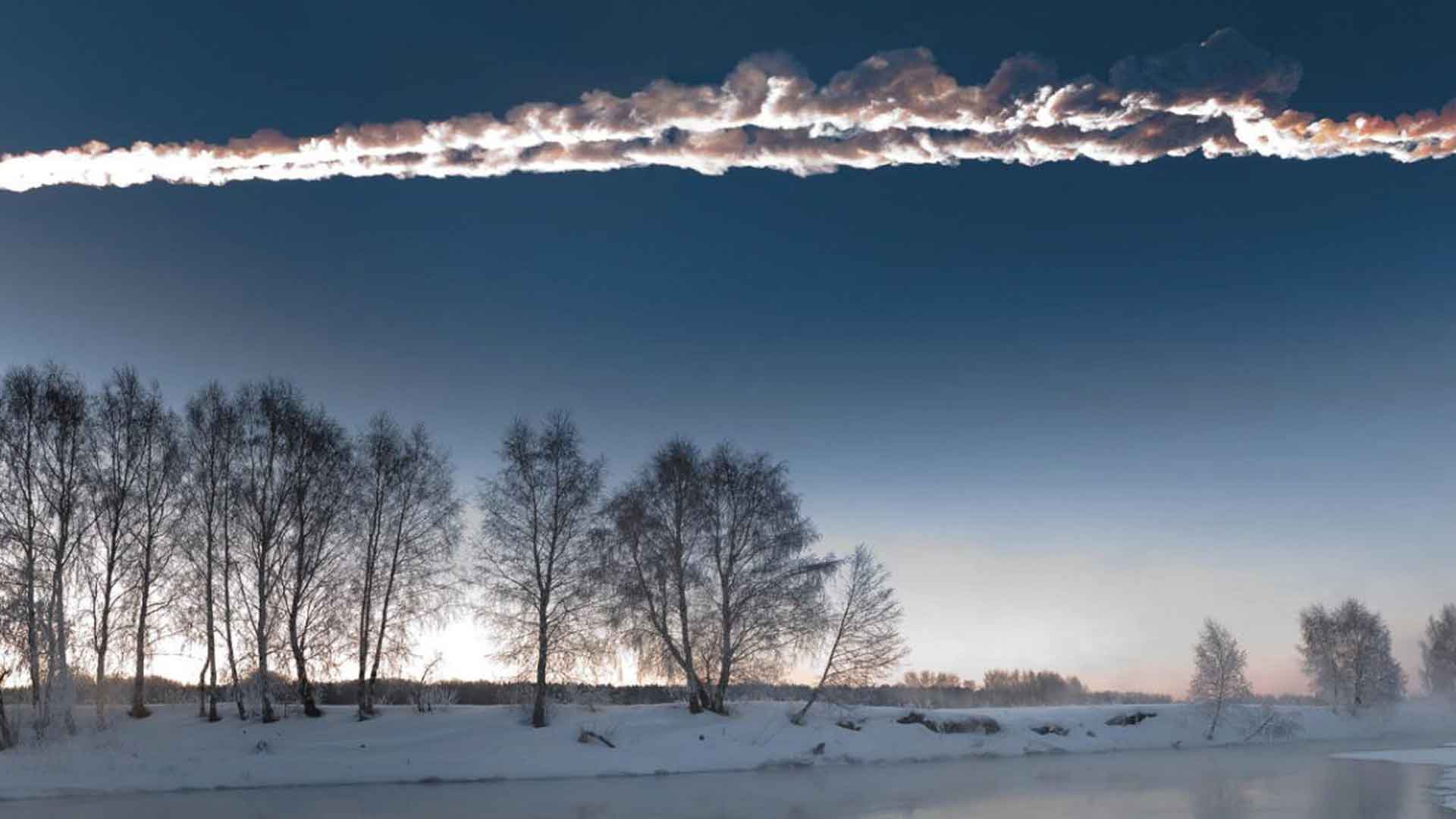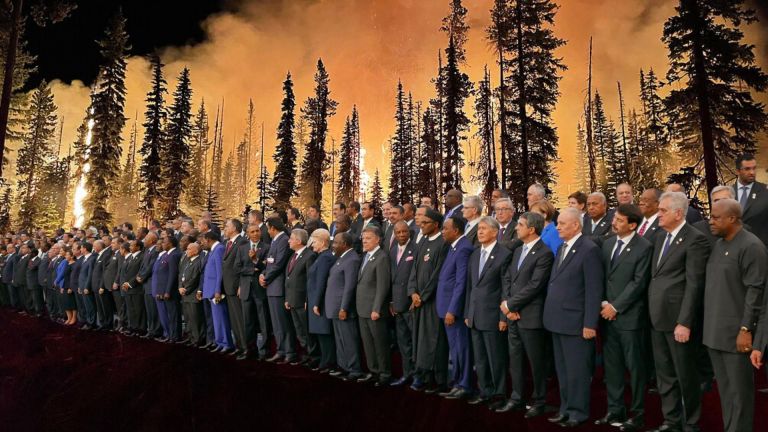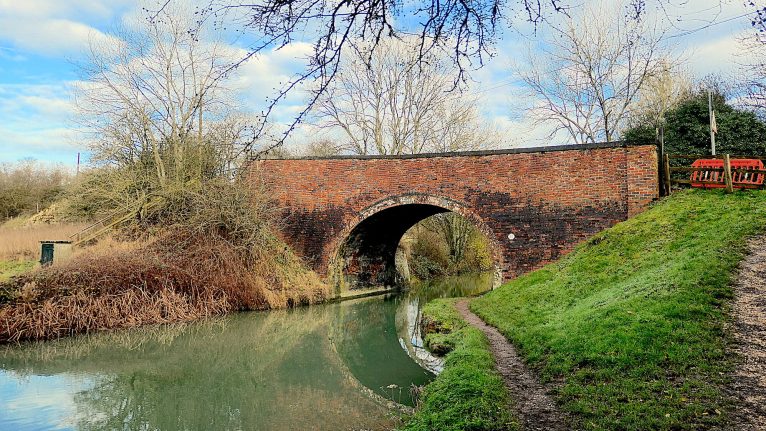Badgers aren’t the only animals that Brian May wants to save. In 2015, the legendary Queen guitarist became a ‘rock star’ of a different kind, championing awareness of the risks posed by meteorites falling from space by founding Asteroid Day. Taking place on 30 June, it brings scientists with different expertise together to plot a way to avoid Armageddon.
Debbie Lewis is a Resilience Preparedness Consultant who looks at the impact a BIG impact would have on society. “Thankfully no large asteroid [at time of writing] has been discovered to be on a collision course with the Earth,” she says. “The problems are the smaller ones which are harder to see. This is why we need money spent on additional space-based telescopes to ascertain if one will cross Earth’s orbit.”
The Chelyabinsk meteor streaked across the skies of Russian skies on 15 February 2015. It is an example of a smaller asteroid, currently difficult to detect, that could land on your head without warning.
“From my perspective there’s a huge risk facing the population,” Lewis says. “Over 1000 people were injured as a result of that incident, people had injuries from flying glass because they went to the windows – as anybody would. If you see a bright light streaking across your window then you are drawn to it, and essentially that’s the last place anybody should go.”
They can be as small as a teacup or as big as the state of Texas
Lewis explains that asteroids are basically minor planets, leftover building blocks of the solar system that happily sit in the asteroid belt between Mars and Jupiter. They can be as small as a teacup or as big as the state of Texas – but if one large enough was knocked out of orbit to head in our direction, we’d go the way of the dinosaurs.
“Unlike the dinosaurs we have space programmes,” Lewis points out. “If an object between 140-300 metres in diameter was coming there is a chance there could be 20 years warning time, or planning time, as I prefer to call it.









